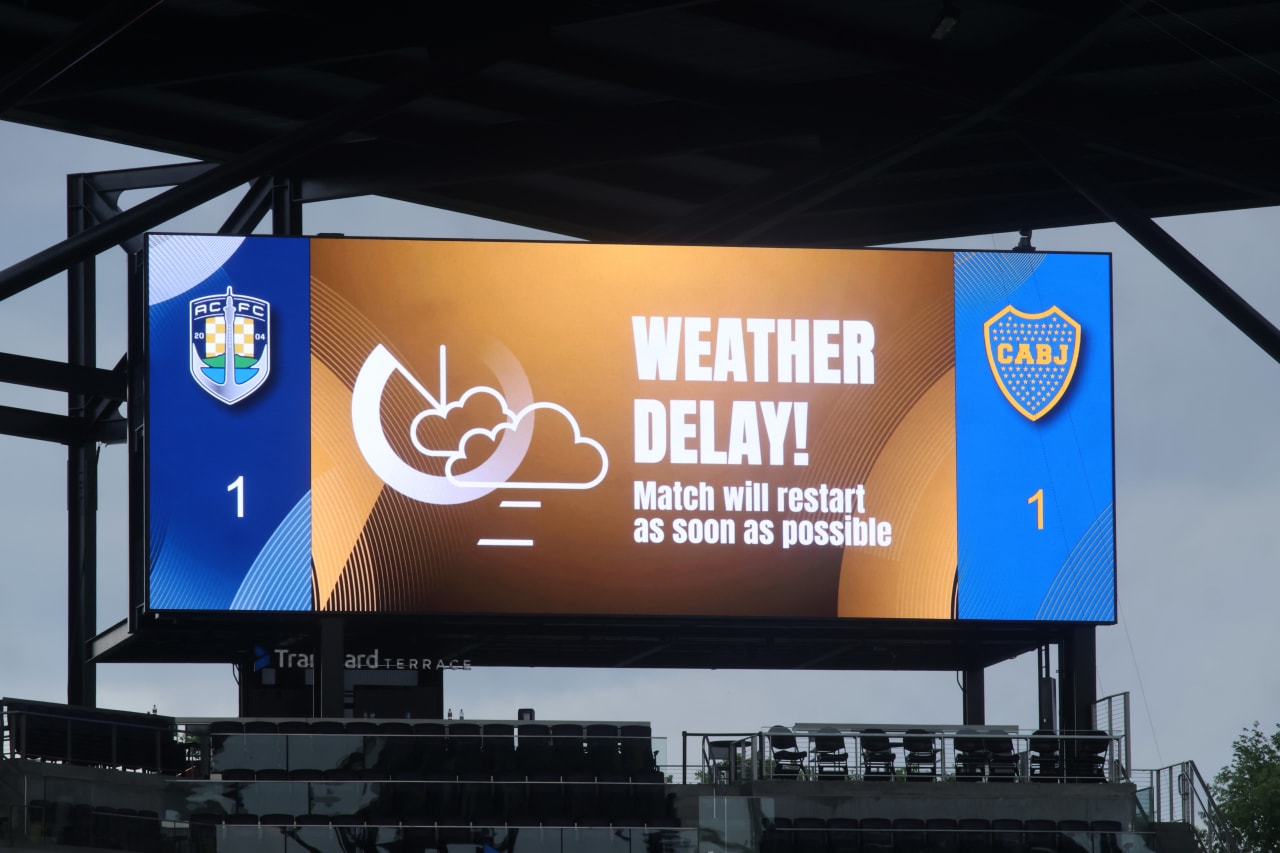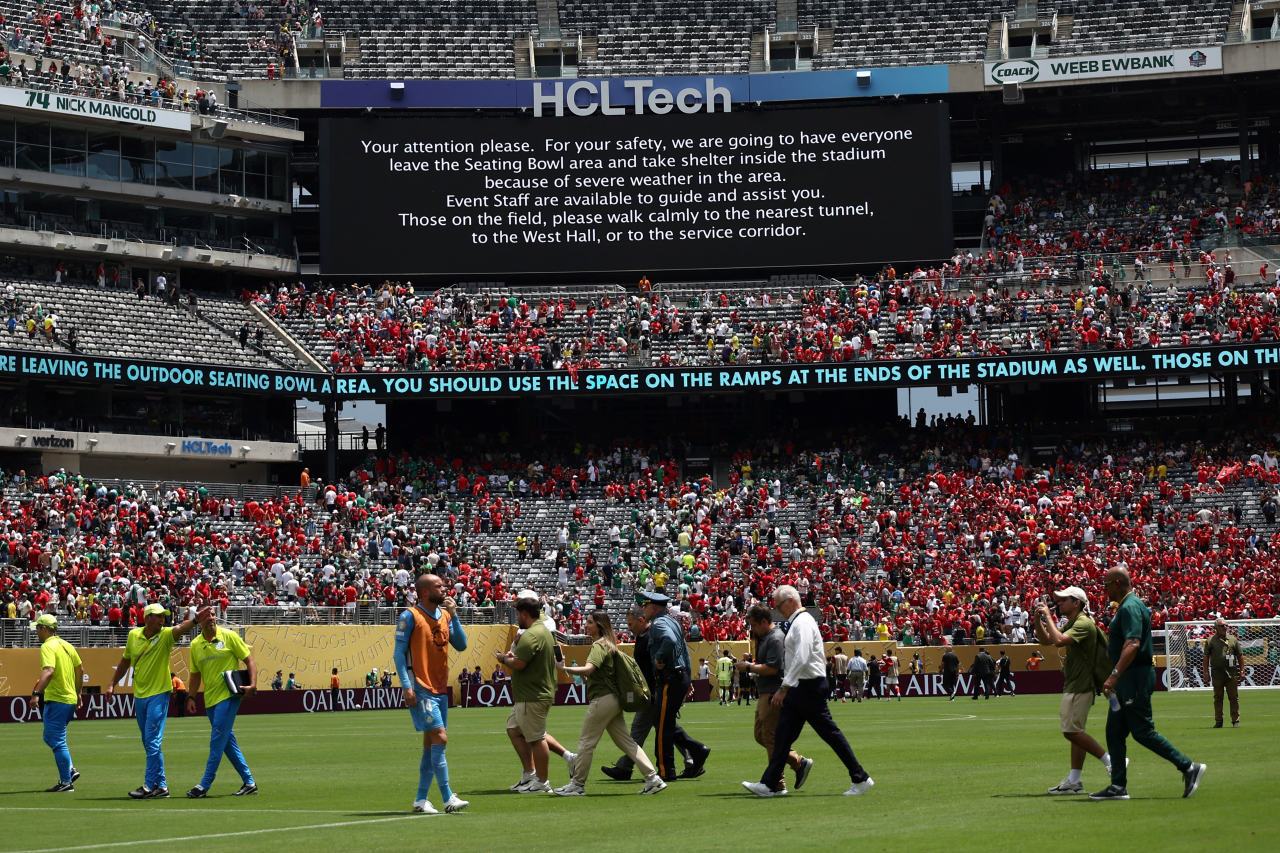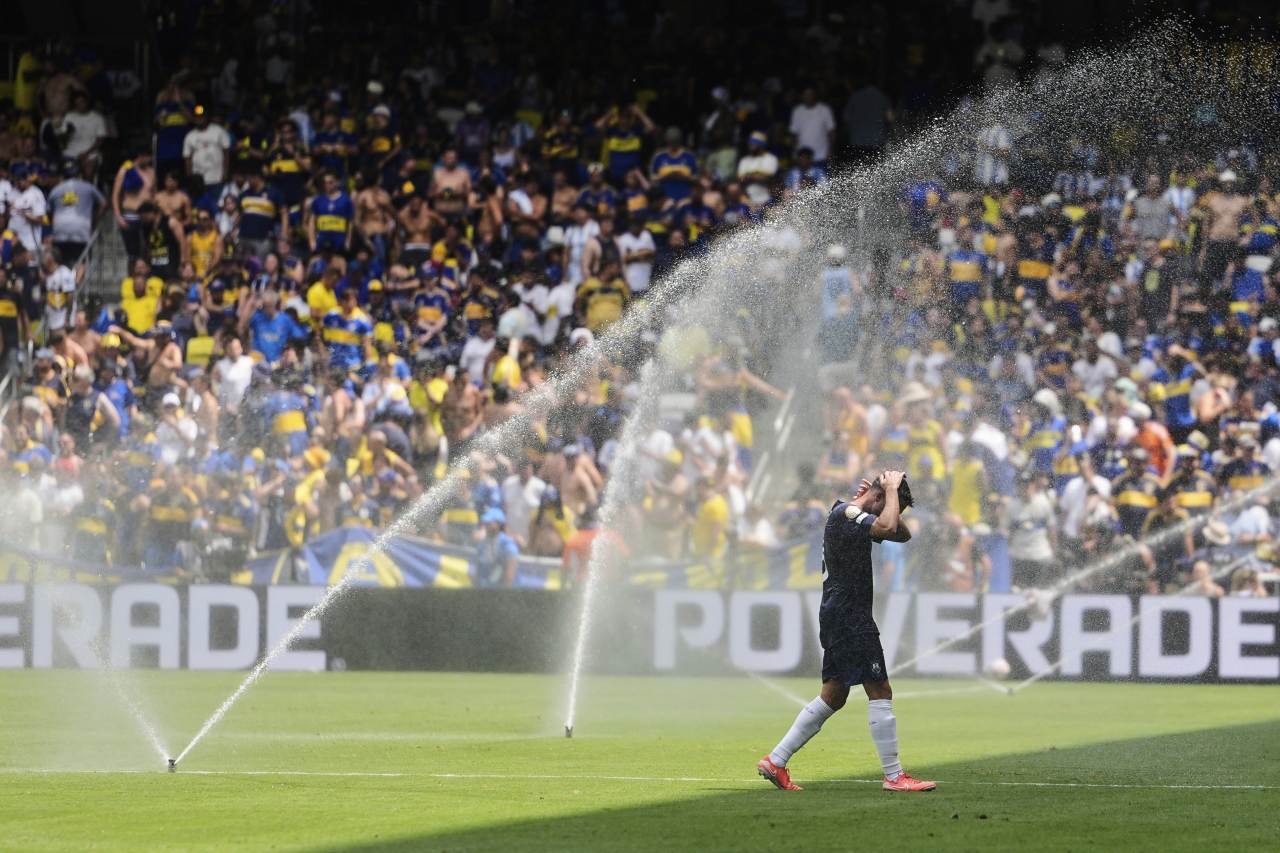The World's Biggest Sports Event Starts in a Year: Will the U.S. Botch Its Hosting?

When Atlético Madrid and Paris Saint-Germain wrapped up their Club World Cup match at the Rose Bowl earlier this month, players greeted the final whistle with a huge sigh of relief. They had just spent more than 90 minutes baking in temperatures that climbed to 104 degrees Fahrenheit.
“I’m all red,” PSG midfielder Vitinha said.
“My toes were sore,” added Atletico midfielder Marcos Llorente. “Even my toenails were hurting.”
These overheated scenes have become familiar at the 2025 FIFA Club World Cup, where miserably hot temperatures and frequent thunderstorms have dampened enthusiasm for the tournament, dried out pitches, and put players through the wringer. Through Monday’s games, the median heat index was 87 degrees.
FIFA has relied on hydration breaks and even allowed some bench players to watch games from the cooler confines of the locker room to cope with the conditions. But the summer heat is raising the alarm far beyond the Club World Cup.
Come next June, FIFA will be dealing with all of this again when the U.S. happens to be co-hosting the biggest sporting event in the world—the actual World Cup.

FIFA hasn’t been shy about its concerns over player welfare in the past. In 2022, the organization shook up nearly a century of tradition by moving the World Cup from summer to winter, because it was being held in the Gulf state of Qatar.
Playing in the desert during the scorching summer months had been a tough sell. But playing in the U.S. might even be tougher.
The heat not only sends players gasping for water bottles, it also brings along unpredictable thunderstorms that pose a risk to anyone inside a stadium. Over the first two weeks of this Club World Cup, matches have already been suspended five times due to inclement weather. Teams have also griped about dried-out fields and practice sessions that had to be cut short due to the heat.
“The ball bounces like a rabbit,” PSG manager Luis Enrique said after beating the Seattle Sounders at Lumen Field, which he likened to “an NBA court full of holes.”
While groundskeepers in Europe can pamper pitches until they look like Augusta National, all of the U.S. stadiums hosting World Cup matches are designed for American football, which typically features artificial turf. As a result, pitches for the tournament were remade in short order and are constantly being tweaked to deal with the blistering heat.
When FIFA tests pitches, it evaluates how the field performs, including on key metrics like surface hardness and the roll of the ball. But even if the installed grass meets international standards, the world’s top soccer professionals are able to detect subtle changes.
Despite the Lumen pitch being watered manually at half time, Enrique said it dried in just 10 minutes. And when Palmeiras faced Porto at MetLife Stadium in New Jersey, the Brazilian winger Estevao immediately picked up on the difference.
“The pitch was a little soft,” Willian said. “The ball wasn’t traveling so fast as we are used to.”

Real Madrid’s Jude Bellingham chimed in on Sunday when he explained that the pitch at Bank of America Stadium in Charlotte stymied the ball’s normal bounce. He also raised a more pressing concern: that the pitches might actually be tough on the players’ knees.
“Hopefully it’s something that someone will look at going into the World Cup next year,” Bellingham said. “It’s important that we protect the players.”
Just as it has done for years under its extreme weather protocol, FIFA has implemented two cooling breaks in any match where the temperature exceeds 89.6 degrees. Coming around the 30th and 75th minutes, the pauses in play allow teams to hydrate and use ice towels.
But FIFPro, a global union of professional soccer players, this week warned that FIFA’s policies “do not do enough” to protect players, calling for matches to be rescheduled any time the temperature exceeds 89.6 degrees.
Coaches agree that the current guidelines aren’t enough—and they’re not the ones running around on the field. When Borussia Dortmund topped the Mamelodi Sundowns last week in Cincinnati, manager Niko Kovac could hardly believe the heat and humidity his team had just played in.
“I’m sweating like I’ve just come out of a sauna,” Kovac said.
Write to Will Dehmel at will.dehmel@wsj.com
Post a Comment for "The World's Biggest Sports Event Starts in a Year: Will the U.S. Botch Its Hosting?"
Post a Comment